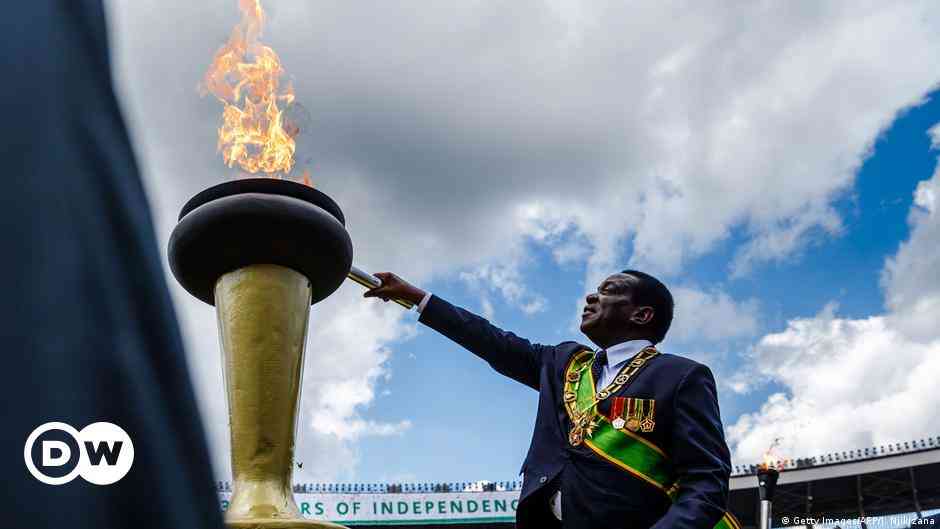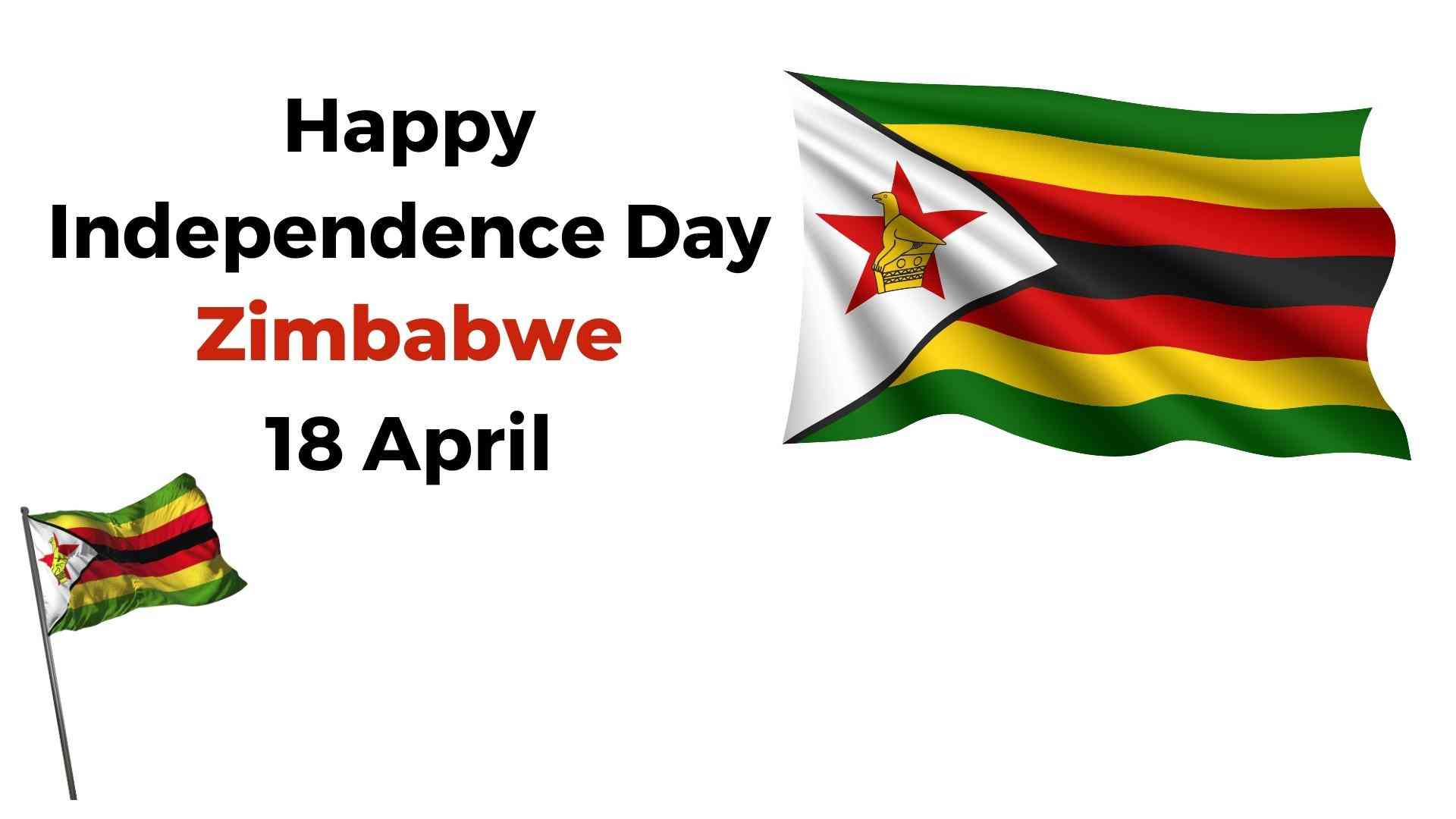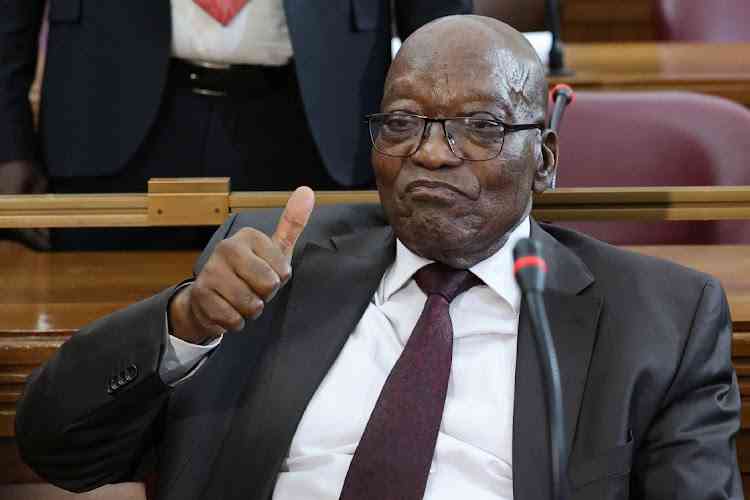
Zimbabwe continues to groan under the crushing weight of an economic disaster rapidly manifesting through hyper-inflation, capital flight and a crippling energy crisis, among other symptoms of economic haemorrhaging.
This medley range of catastrophes comes barely two years after the ouster from power of nonagenarian and former President Robert Mugabe in a military-assisted power take-over and further, after sitting President Emmerson Mnangagwa won a disputed election in June last year.
It is inexplicable – immensely unfathomable – how, within such a short space of time of assuming power, the present government has economically crumbled like the proverbial deck of cards.
For any who had previously doubted the pedigree of the sitting administration to shift the country’s fortunes, it has become increasingly apparent that the disaster is not relenting and worse, there appears to be no plausible answer to the economic paralysis from the powers-that-be of the present government.
Beyond the woes manifesting daily, a number of mysteries exist; things beyond the comprehension of the ordinary Zimbabwean; things beyond our scope to decipher and overwhelmingly searching governance questions for the current government.
The first mystery is buried in the question of who exactly determines the United States dollar exchange rate against the electronic money and the local bond notes in this country.
This pressing question does not depart the tongues of Zimbabweans daily.
And no one seems to have the answer. This conundrum just got worse when last week a whole minister also posed the same question. A minister professing ignorance on who runs the black market rates stokes the fires of confusion.
- Chamisa under fire over US$120K donation
- Mavhunga puts DeMbare into Chibuku quarterfinals
- Pension funds bet on Cabora Bassa oilfields
- Councils defy govt fire tender directive
Keep Reading
The United States dollar practically firms against the local currency (RTGS dollars) daily. The mystery surrounding these parallel market rates hovers around the issue of who determines the rises and falls.
Is it accurate to say that ministers in Zimbabwe are in the dark concerning the nocturnal hand that drives the parallel market?
It is even more puzzling that the government has, on several occasions, proffered conflicting statements on this issue.
Information minister Monica Mutsvangwa reportedly told journalists at a post-Cabinet briefing on Tuesday that authorities were aware of who the real buyers of foreign currency on the parallel market were and how they were pushing rates high.
By Friday, the US dollar was selling for ZWL$7,5 on the electronic money transfer platform and ZWL$5,8 for the bond notes.
The threat to name and shame economic saboteurs has remained just that; a threat in the air. Consequently, a plethora of theories have been birthed.
The naming and shaming speculation scarcely brings results.
Upon taking over power, the Mnangagwa government set a deadline for politicians and businesspeople that allegedly externalised over $1,3 billion during Mugabe’s reign. After the naming, no one was prosecuted for the alleged acts.
Perhaps no mystery befuddles the mind and brings anguish upon Zimbabweans than the fuel crisis that has viciously exerted vengeance on Zimbabweans.
Virtually, all the hardships currently being experienced by Zimbabweans can be squarely traced to the non-stop rises in fuel prices.
Life has become unbearable for Zimbabweans owing to the high commuter fares required to travel to and from and work.
The Zupco buses availed by government at subsidised fares have all but stripped Zimbabweans of their dignity. The question that stands to be answered relates to what exactly is responsible for the astronomic increases in fuel almost monthly. Why did the nation experience stability during Mugabe’s rule.
Could Mnangagwa be a spectacular failure in presiding over the nation’s affairs? Could it be that some people are deliberating sabotaging his regime?
In January, when the first tremor of the fuel crisis hit, the President himself made an announcement of the fuel price hike of 150%, sparking outrage and protests. Then, Zimbabweans thought they had seen the worst, but the worst came last week when fuel prices were hiked for a record two times within three months.
The ordinary Zimbabwean may not understand much of the economic jargon pertaining to liberalisation, but all they cry for is a dignified existence.
It seems apparent that there are no logical explanations to this fuel mystery and the crisis marches on.
The third mystery is why a landlocked country with just 16 million people needs multiple currencies and particularly why it maintains the bond notes seeing clearly the suffering it has brought upon Zimbabweans? It goes without saying that just the scrapping of the bond notes will go a long way in ameliorating the suffering of Zimbabweans.
In essence, when Mnangagwa took over power, many palpably envisaged a situation where the bond notes would be automatically scrapped, but they were wrong.
It, therefore, is a puzzle why the bond notes have remained in use almost two years on.
Who is benefiting from this arrangement? The bond note is a constant source of troubles as, just a few weeks back, it was reported that fake bond notes had been intercepted. Why their continued use? This confusion cannot be explained.
The final mystery in this whole crisis is the deafening silence and inaction of the government amid a deepening crisis.
Learnmore Zuze is a legal officer and writes in his personal capacity











